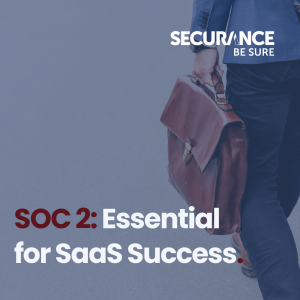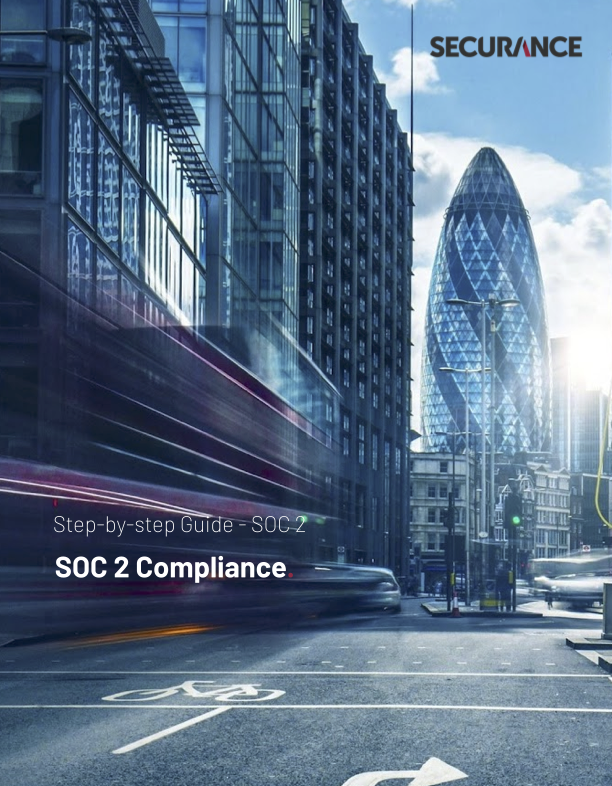SOC 2 compliance: Essential for SaaS success
In today’s digital landscape, data security and privacy are paramount, especially for SaaS companies. One critical standard that helps ensure this is SOC 2 compliance. SOC 2, or System and Organisation Controls 2, is a framework developed by the AICPA to help service organisations manage customer data based on five trust service principles: security, availability, processing integrity, confidentiality, and privacy. For SaaS companies, achieving SOC 2 compliance is not just a technical requirement but a strategic advantage.
Understanding SOC 2
SOC 2 compliance involves adhering to a set of standards designed to protect customer data. These standards are encapsulated in five trust service principles:
- Security: Ensuring systems are protected against unauthorised access.
- Availability: Systems are available for operation and use as committed.
- Processing Integrity: Processing is complete, valid, accurate, timely, and authorised.
- Confidentiality: Information designated as confidential is protected.
- Privacy: Personal information is collected, used, retained, and disclosed appropriately.
These principles guide SaaS companies in implementing controls that safeguard data and ensure reliable service delivery.
The benefits of SOC 2 compliance
Achieving SOC 2 compliance offers numerous benefits. It builds trust, improves operational efficiency, and mitigates risks. Customers are reassured that their data is handled securely, enhancing the company’s reputation. For instance, Colt Data Centre Services (DCS) leveraged SOC 2 compliance to strengthen their risk management framework, resulting in increased client trust and business growth. This trust translated into new opportunities, larger contracts, and enhanced partnerships.

SOC 2 compliance is more than just Assurance; it's a vital component of the business strategy.
Step to achieve SOC 2 compliance
Achieving SOC 2 compliance involves several key steps:
- Define the Scope: Determine which of the trust service principles are relevant to your organisation based on the services you offer and the data you handle.
- Conduct a Risk Assessment: Identify potential risks to your data and systems, and assess the impact and likelihood of these risks.
- Perform a Gap Analysis: Compare your current security controls with SOC 2 requirements to identify gaps.
- Implement Controls: Develop and implement the necessary controls to address the identified gaps. This might include multi-factor authentication, encryption, and regular vulnerability assessments.
- Readiness Assessment: Before the official audit, conduct a readiness assessment to ensure all controls are in place and functioning as intended.
- Undergo the Audit: Engage an independent auditor to perform the SOC 2 audit. This involves providing evidence of your controls and processes.
- Continuous Monitoring: SOC 2 compliance requires ongoing monitoring and regular assessments to ensure controls remain effective and up-to-date.
ROAD TO COMPLIANCE
STEP-BY-STEP SOC 2 GUIDE
Download our step-by-step guide to SOC 2 compliance! Find out more about the SOC 2 standard and the Trust Services Criteria. Learn how to prepare the scope of your SOC 2 project, and the project phase of a SOC 2 implementation and audit.

Real-World example: Colt Data Centre
Colt’s journey to SOC 2 compliance exemplifies the process. Faced with the need to enhance their risk management framework, Colt Data Centre pursued SOC 2 compliance to assure clients of their commitment to data security. Through a meticulous process of risk assessment, gap analysis, and the implementation of robust security controls, Colt Data Centre achieved SOC 2 compliance. This not only reassured existing clients but also attracted new ones, knowing their data would be handled securely.
Continuous commitment
Achieving SOC 2 compliance is not a one-time effort but an ongoing commitment. Continuous monitoring and regular updates to security measures are necessary to maintain compliance and protect against evolving threats. This proactive approach ensures that companies like Colt DCS stay ahead of potential security issues, providing peace of mind to their clients.
Conclusion: SOC 2 is a vital component
For SaaS companies, SOC 2 compliance is more than just Assurance; it’s a vital component of their business strategy. It builds trust, improves operational efficiency, and opens up new opportunities for growth. By committing to SOC 2 standards, SaaS providers can ensure they are well-positioned to meet the demands of a security-conscious market and thrive in a competitive industry.
By understanding the common pitfalls and integrating cutting-edge technology through Risk management tooling, companies can secure a robust operational framework that drives sustained success.



